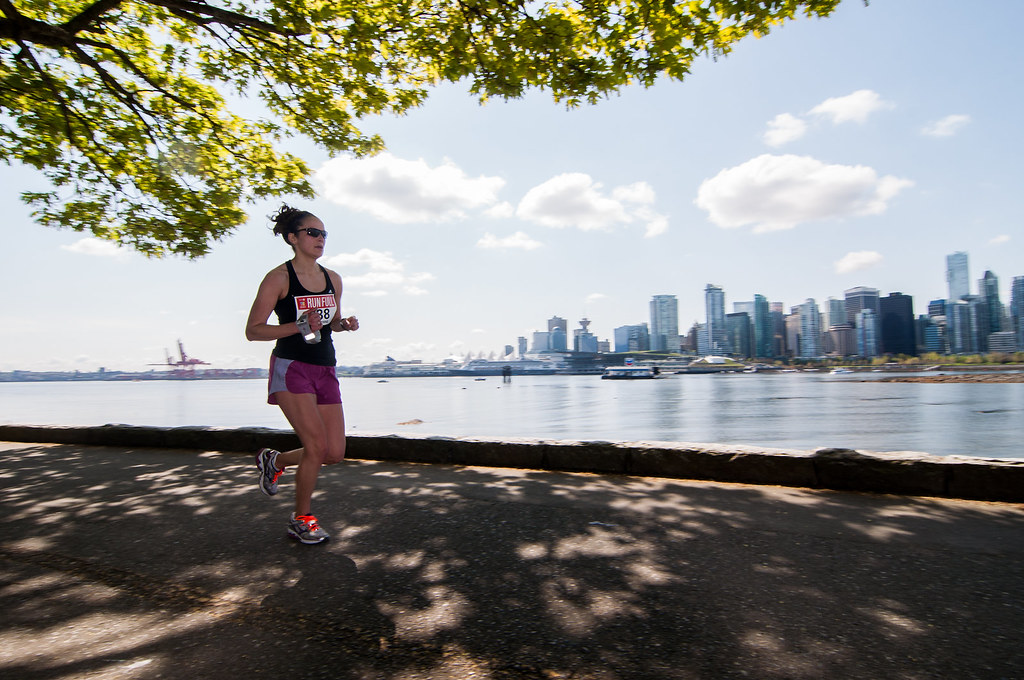Many new cardiovascular training methods have been introduced but one has withstood the test of time, High Intensity Interval Training (HIIT) remains one of the top training methods to improve cardiovascular endurance. It has proven to be extremely beneficial to everyone who implements it into their training regimens. This training method is helpful for individuals who do not have 2 hours each day to hit the gym (essentially, most normal folks, outside of professional athletes). The same amount of progress can be made in a shorter amount of time with this method. Interval training can be done using a broad range of activities ranging from: running, elliptical, skipping, rowing and everything in between.

High Intensity Interval Training (HIIT)
What is high intensity interval training you ask? It is a cardiovascular training method designed to push the body to its limits while taking adequate rest sessions between sets. The short bursts of intense exercise allows the individual to maximize their work out period and increase gains. The working interval generally lasts for anywhere between 15 seconds to 3 minutes in length and vary depending on your personal fitness goals. The general trend is to gradually decrease intensity as the working sets get longer in duration, however, it is important to make sure the set is not too easy.
Make sure to push yourself an appropriate amount and not to the point where you induce feelings of nausea. The rest period is designed to help the body recover after an intense amount of exercise. A greater rest period should be used for novice gym users, to balance the intensity of the working interval. Advanced gym goers can decrease rest intervals to push themselves even more.
Rest periods are a good time to rehydrate the body, to keep your mind and body sharp. Without the right hydration, your performance declines. A good indicator is listening to how you feel, if you feel thirsty during a workout drink water! Water is 75% of all muscle tissue and 10% of fatty tissue and dehydration can have a huge impact on your athletic ability.
The work to rest ratio is the amount of rest an individual receives based on amount of work done. This is adjusted according to the goals of the participant and modified later in the program. Start with a work to rest ratio of 1:3 meaning for every 60 seconds of exercise, take 180 seconds to recover. As you become more comfortable with HIIT, you can change to a 1:1 ratio but eventually work towards a 2:1 ratio, where work time is greater than rest time.

What should you be doing during the rest periods?
Beginners may want to perform “passive rest” (complete rest) where you might take a seat, grab some water or catch your breath during the rest time. As you become more fit, swap passive rest for “active rest” where you’ll move during the break, but with low intensity to keep the heart rate at a moderate level.
If you have access to multiple pieces of equipment, don’t be afraid to combine different types of exercises within the same day. Everyone likes variety and for many, running for an hour straight can be boring. In a split exercise interval training program, you can swap between the two exercises performing alternating sets of each for your desired interval. An example would be 30 seconds sprint followed by 60 seconds rest and 30 seconds of skipping before resting 60 seconds again. Changing up the program can keep exercise exciting and make you come back for more. If you are training for a marathon or a sport specific event, I would recommend you stick to a training in the same modality.
How often should I do HIIT workouts?
HIIT workouts should be performed 2-4 times per week in within 30-60 minute sessions. Two sessions a week will enable the user to maintain their current level of fitness while subsequent sessions will yield growth. Five or more HIIT sessions a week can lead to over training, burn out and possibly injuries.

3 Benefits of Interval Training
- Burn more calories in a shorter amount of time
- Increase speed and endurance
- Provides variety and keeps cardio sessions exciting
With all these extra hours you saved, you now have more time to pursue your hobbies, get additional work done and spend time with loved ones. This is a perfect exercise to keep you fit while saving time during the busy holiday season!
Kevin Kwok – Studio Coordinator
 Kevin enrolled in numerous sports program as a child, which exposed him to an active lifestyle early in life. He played ultimate frisbee competitively at the junior level while in high school. Kevin now focuses his training exclusively on dragon boating. He has been paddling for the past 4 years and hopes to make the Canadian National Team in 2021. He hopes he can motivate others to accomplish their short and long term fitness goals.
Kevin enrolled in numerous sports program as a child, which exposed him to an active lifestyle early in life. He played ultimate frisbee competitively at the junior level while in high school. Kevin now focuses his training exclusively on dragon boating. He has been paddling for the past 4 years and hopes to make the Canadian National Team in 2021. He hopes he can motivate others to accomplish their short and long term fitness goals.







